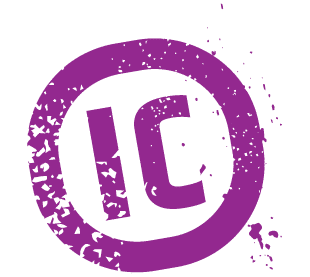A series where I bring to you news from the archives and historical documents to debunk common misconceptions about the Middle East conflict.
In October 1928, the New York Times dealt with a controversy here in the Holy Land: the British tore down a partition separating men and women at the Western Wall on Yom Kippur, the holiest day of the Jewish calendar.
The report does not explain why the British did it, but the reason is described elsewhere:
Commissioner Edward Keith-Roach described the screen as violating the Ottoman status quo that forbade Jews from making any construction in the Western Wall area. He informed the Jewish community that the removal had been carried out under his orders after receiving a complaint from the Supreme Muslim Council. The Arabs were concerned that the Jews were trying to extend their rights at the wall and with this move, ultimately intended to take possession of the Al-Aqsa Mosque.
But back to the New York Times report. Although not mentioning the above, what it does mention is also very important. In particular:
- Mention of another “wailing wall” in Hebron, further showing how important this ancient city and the Cave of Machpelah has been to Jews for so long – something missing from today’s mainstream media (including the NY Times) narrative
- The extent of Jewish lamenting at the Western Wall
- How the Moslems inhumanely treated some of the Jewish elderly at the site





